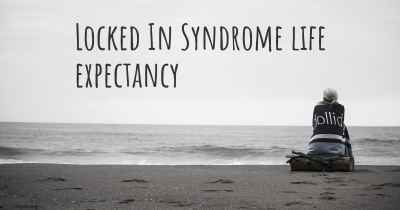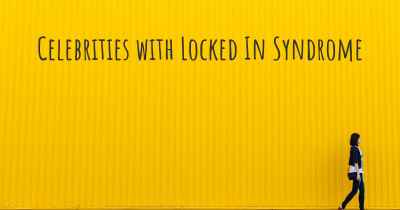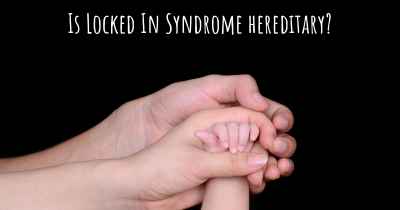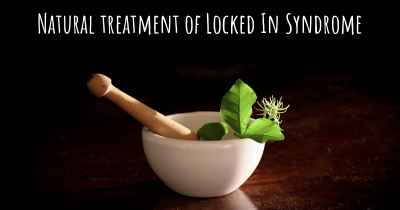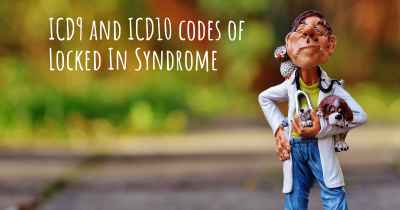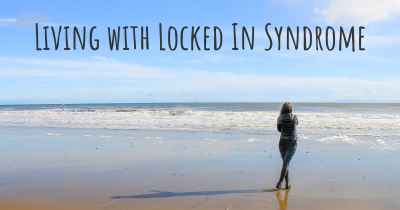What is the prevalence of Locked In Syndrome?
How many people does Locked In Syndrome affect? Does it have the same prevalence in men and women? And in the different countries?
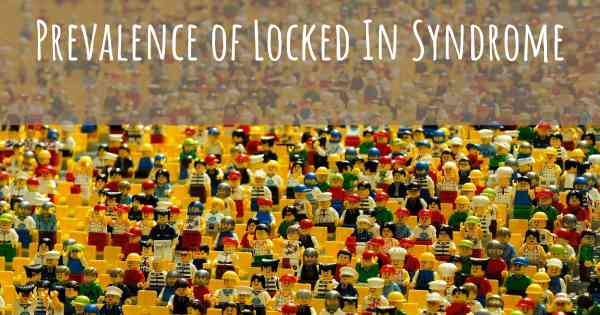
The prevalence of Locked-In Syndrome is relatively low, making it a rare condition. It is estimated that the prevalence of Locked-In Syndrome is around 1 to 4 cases per million people. This means that out of a population of one million, only a few individuals are affected by this condition. Locked-In Syndrome is characterized by complete paralysis of voluntary muscles, except for eye movements, while cognitive function remains intact. It is crucial to raise awareness about this condition and provide support to individuals and their families who are affected by it.
Locked-In Syndrome is a rare neurological condition characterized by complete paralysis of voluntary muscles, except for the eye muscles. Individuals with this syndrome are fully conscious and aware but are unable to move or speak. The prevalence of Locked-In Syndrome is difficult to determine precisely due to its rarity and misdiagnosis. However, it is estimated that the condition affects approximately 1 in every 200,000 people.
Locked-In Syndrome can result from various causes, including stroke, traumatic brain injury, brainstem lesions, or certain diseases. The prognosis for individuals with Locked-In Syndrome varies depending on the underlying cause and the extent of damage to the brainstem. While the condition is often permanent, some individuals may experience slight improvements over time.
Living with Locked-In Syndrome poses significant challenges for both the affected individuals and their families. Communication becomes limited to eye movements or blinking, requiring the use of assistive technologies such as eye-tracking devices or communication boards.
It is crucial to provide comprehensive care and support to individuals with Locked-In Syndrome to enhance their quality of life and facilitate their communication and independence. Rehabilitation programs, psychological support, and assistive devices can play a vital role in helping individuals adapt to their new circumstances and maintain a sense of autonomy.
